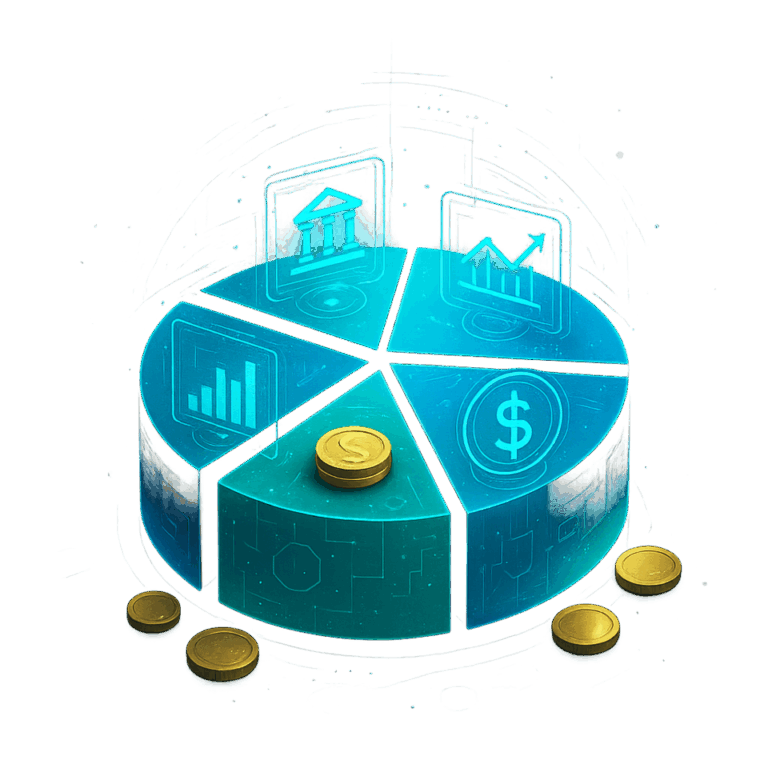In 2025, the global banking system stands at the crossroads of digital innovation and regulatory reform. Over the past decade, advances in artificial intelligence, blockchain, and financial technology have reshaped how banks operate, manage risks, and interact with customers. Traditional banking models centered on physical branches have been replaced by mobile-first, data-driven ecosystems that emphasize convenience, speed, and security. This transformation reflects the convergence of technology and finance, where digital trust is now the foundation of global financial stability.
The Impact of Technology on Modern Banking
Technology continues to drive the evolution of banking in 2025. Artificial intelligence and machine learning are redefining credit analysis, fraud detection, and customer service. Banks now rely on predictive analytics to assess consumer behavior and tailor products to individual needs. Chatbots powered by natural-language processing provide 24/7 support, while robotic process automation has streamlined back-office operations. These innovations not only enhance efficiency but also reduce operational costs, enabling banks to offer more competitive services to clients worldwide.
Blockchain and Transparency in Transactions
Blockchain technology has emerged as a cornerstone of modern banking infrastructure. Its decentralized ledger system ensures transparency, reduces transaction times, and minimizes fraud. In 2025, major financial institutions use blockchain to facilitate cross-border payments, verify identities, and record financial contracts. Smart contracts allow automatic execution of agreements, eliminating intermediaries and reducing administrative delays. This transparent, tamper-proof system is helping rebuild consumer confidence and improve global financial integrity.
The Role of Digital-Only Banks and FinTech Integration
Digital-only banks, also known as neobanks, have gained significant traction by offering simplified, low-cost financial solutions. In 2025, these institutions provide fully online services such as savings, loans, and investment options with no physical presence. Their agility allows them to adapt quickly to market needs and regulatory changes. Meanwhile, traditional banks are partnering with FinTech companies to enhance their technological capabilities. This collaboration between legacy institutions and innovators has led to a hybrid model—combining reliability with innovation—to meet the demands of a connected global population.
Artificial Intelligence and Customer Personalization
AI-driven personalization has transformed how banks engage with customers. Advanced algorithms analyze financial data, spending habits, and life events to create customized product recommendations. In 2025, banks use behavioral analytics to predict client needs, providing real-time insights through personalized dashboards. This level of precision builds stronger relationships and increases customer satisfaction while ensuring compliance with ethical standards and data privacy laws.
The Challenge of Cybersecurity in a Digital Banking World
With increased digitization comes a growing need for robust cybersecurity. In 2025, banks face sophisticated cyber threats that target data, transactions, and digital identities. Institutions invest heavily in encryption, biometric authentication, and AI-driven threat detection to safeguard user information. Governments and financial authorities collaborate globally to establish cybersecurity frameworks that ensure resilience against cyberattacks. Maintaining digital trust remains one of the most important challenges for the financial sector in this new era.
Regulatory Reforms and Compliance Standards
The regulatory environment for global banking has evolved alongside technology. Governments are enacting laws to promote transparency, consumer protection, and ethical use of data. The introduction of open-banking frameworks allows customers to securely share financial information between institutions, fostering competition and innovation. In 2025, compliance officers increasingly rely on RegTech—regulatory technology—to automate reporting, monitor transactions, and prevent financial crimes such as money laundering and tax evasion. These tools ensure that innovation proceeds responsibly within a controlled, transparent framework.
Financial Inclusion and the Role of Emerging Markets
One of the most remarkable achievements of digital banking is its contribution to financial inclusion. In 2025, mobile banking platforms have brought millions of unbanked individuals into the formal financial system. Emerging markets in Africa, Asia, and Latin America are leveraging digital wallets and mobile-money solutions to expand access to financial services. By enabling microloans, mobile savings, and affordable payment systems, banks are empowering entrepreneurs and small businesses. This democratization of finance supports economic growth and reduces inequality across developing regions.
Sustainable Banking and ESG Commitments
Sustainability has become a central pillar of modern banking strategies. Financial institutions are increasingly aligning with Environmental, Social, and Governance (ESG) principles. In 2025, banks integrate sustainability metrics into lending decisions, prioritizing green projects and renewable-energy investments. Green bonds and sustainability-linked loans are now mainstream products that attract both institutional and retail investors. This shift not only enhances corporate responsibility but also drives profitability through long-term value creation.
The Future of Banking in a Data-Driven Economy
The next frontier for banking lies in the integration of data, ethics, and technology. Data is now the most valuable asset in finance, but it must be managed responsibly. Banks are adopting zero-knowledge encryption and decentralized identity solutions to protect customer information while enabling innovation. The rise of quantum computing is also prompting new approaches to encryption and system security. In 2025, successful banks are those that combine technological sophistication with a human-centered approach, ensuring that innovation serves both efficiency and fairness.
The Human Element in Digital Banking
Despite rapid automation, the human element remains vital. Financial advisors, relationship managers, and compliance professionals are adapting their roles to focus on strategic insights, empathy, and trust. Digital banking cannot replace the human connection—it enhances it by freeing professionals from routine tasks and allowing them to deliver personalized, value-driven experiences. The future of banking lies in synergy between intelligent systems and human expertise.
Conclusion
Global banking in 2025 represents a powerful blend of innovation, inclusion, and responsibility. The industry’s transformation through technology has made financial services more accessible, transparent, and efficient. Yet success depends on maintaining trust, strengthening cybersecurity, and aligning growth with sustainability. As banks continue to integrate artificial intelligence, blockchain, and data analytics into their operations, the future of finance will depend on collaboration between institutions, regulators, and consumers. In this new era, banking is no longer just about transactions—it is about empowerment, connection, and global progress.



